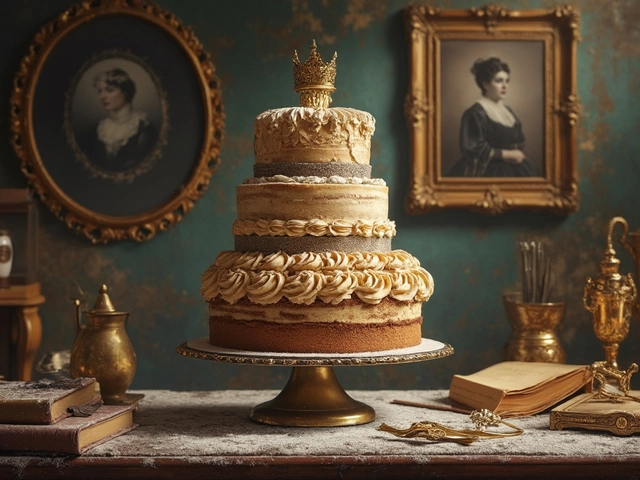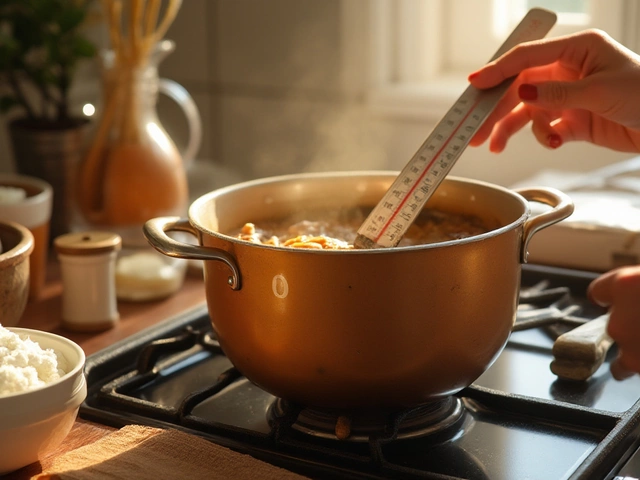Pavlova Mistakes – Simple Fixes for a Perfect Meringue
If you’ve ever pulled a pavlova out of the oven and found it cracked, soggy, or flat, you’re not alone. Most errors happen because the meringue is sensitive to a few key things: egg whites, sugar, temperature, and moisture. Below you’ll find the most common slip‑ups and quick ways to fix them before they ruin your dessert.
Common Mistakes and Why They Happen
First, over‑beating the egg whites creates a dry, stiff foam that can’t hold the sugar. The result is a pavlova that looks glossy but collapses as soon as it cools. On the flip side, under‑beating leaves lumps of un‑incorporated egg, so the meringue never sets properly and stays gummy.
Adding sugar too quickly is another culprit. The sugar needs time to dissolve fully; otherwise you get a grainy texture that cracks when it dries. A slow, steady stream while the mixer runs on medium speed does the trick.
Humidity is a silent enemy. On rainy days the air carries extra moisture, which prevents the outer shell from hardening. You’ll end up with a soft, sticky surface that sags under the weight of fruit or whipped cream.
Temperature mistakes are easy to spot. Baking at too low a heat leaves the inside undercooked, while a too‑hot oven burns the top before the centre firms up. The sweet spot is usually 120‑130°C (250‑270°F) for a long, gentle bake.
Pro Tips to Rescue Your Pavlova
Start with room‑temperature egg whites. Cold whites take longer to whip and can trap water, which leads to cracks. Separate the eggs carefully—any trace of yolk ruins the foam.
Use superfine sugar. It dissolves faster and reduces the risk of grainy texture. If you only have regular caster sugar, grind it briefly in a blender.
Stabilize the meringue with a teaspoon of cornstarch and a splash of white vinegar or lemon juice. The acid helps the proteins bond, and the starch gives the shell extra strength.
Line your baking tray with parchment and create a low‑sided “nest” for the meringue. This shape gives the centre a bit more depth, keeping the inside fluffy while the edges crisp.
After the bake, turn off the oven and let the pavlova cool inside with the door ajar. Sudden temperature changes cause the shell to crack, so a gradual cool down is key.
If you’ve already baked a soggy base, give it a quick “second bake.” Pop it back in at 150°C for 10‑15 minutes to dry out excess moisture. It won’t be perfect, but it’ll hold up better under toppings.
Finally, protect your pavlova from humidity when you store it. Keep it in a sealed container or a large zip‑top bag with a dry paper towel. Even a few hours in a damp kitchen can make the shell soft.
With these fixes in mind, you can turn most pavlova mishaps into learning moments. The next time you whip up this classic, you’ll know exactly what to watch for and how to keep the crust crisp, the centre fluffy, and the topping happy.

How to Fix a Weeping Pavlova: Foolproof Tips for Perfect Meringues
Fixing a soggy, weeping pavlova doesn't have to be a disaster. Learn what causes weeping, stop it in its tracks, and save your dessert with these easy, practical baking fixes.
View More




